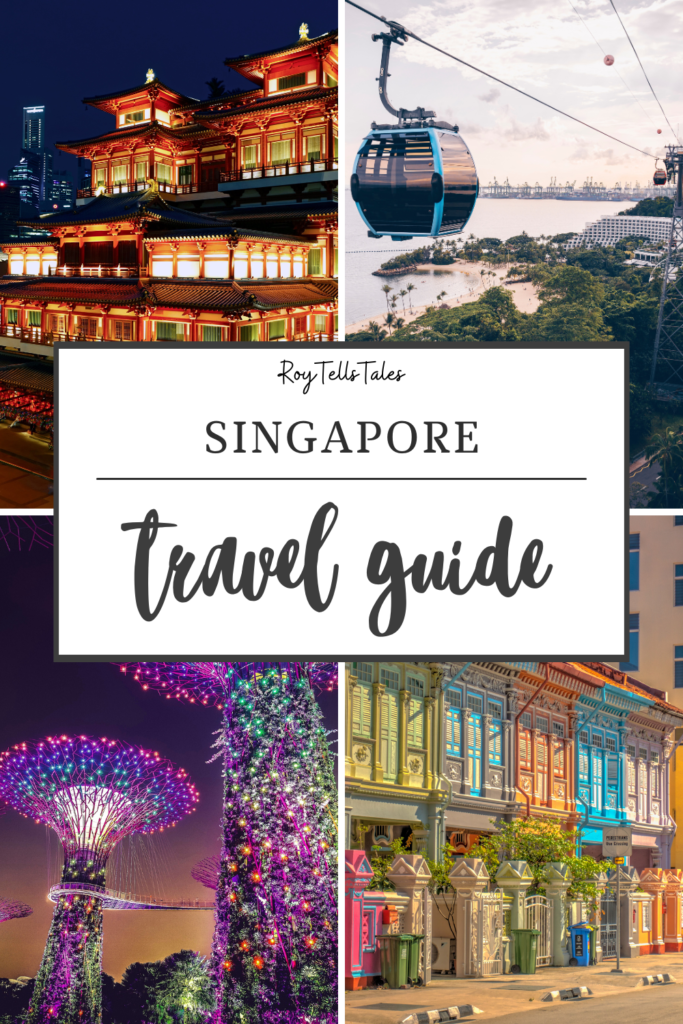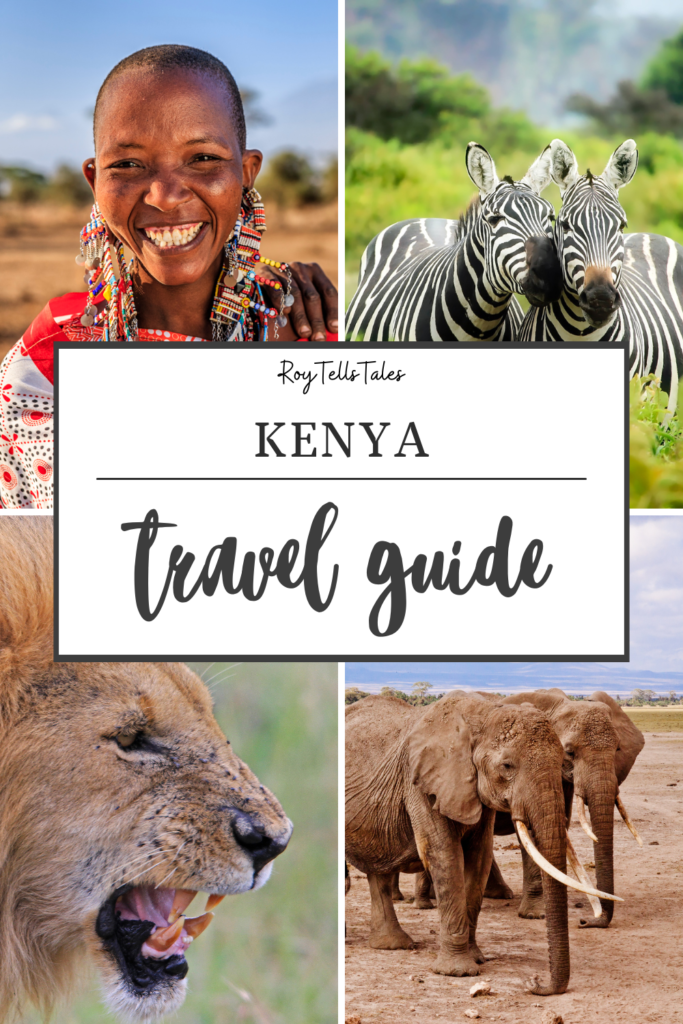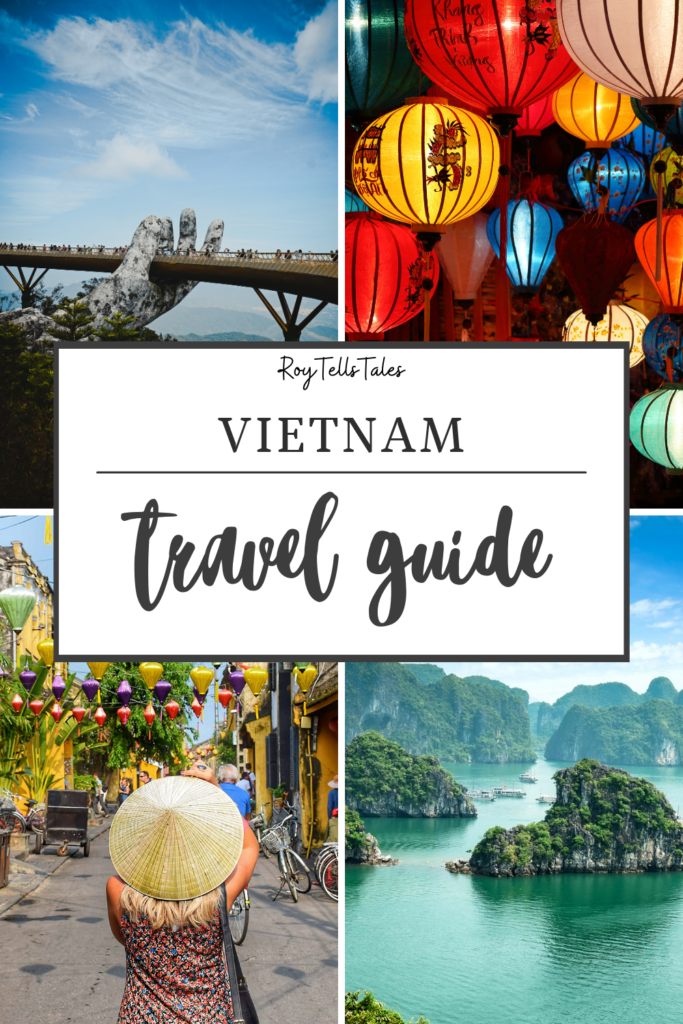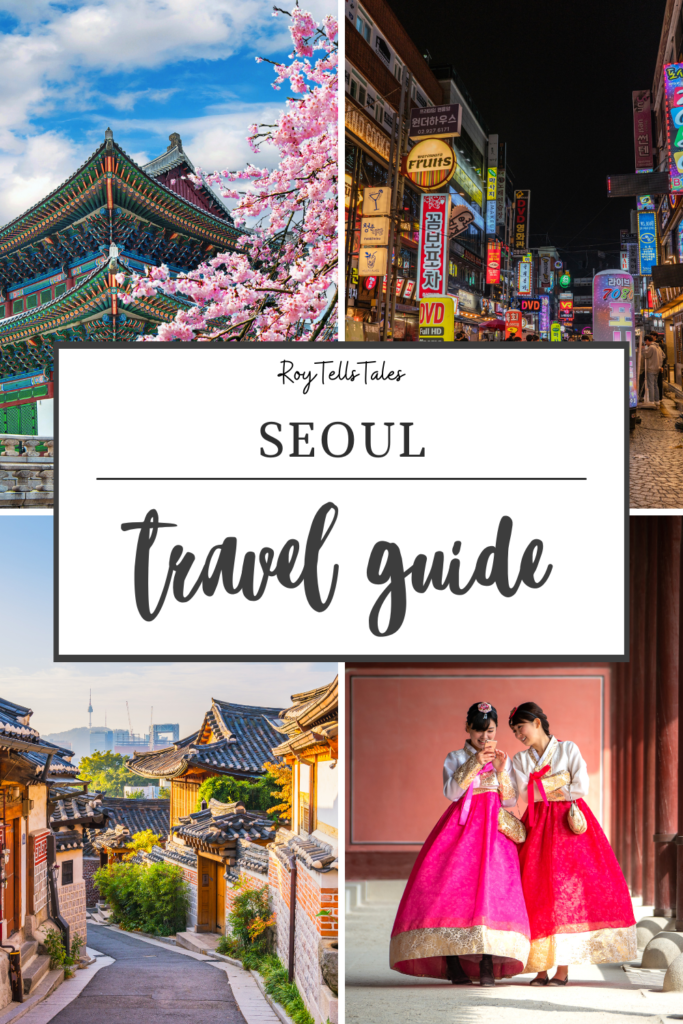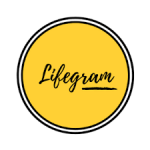

Best Things to Do in Seoul, South Korea: A Complete Travel Guide
Seoul, the capital of South Korea, is a place where futuristic skyscrapers stand beside centuries-old palaces, and lively markets blend seamlessly with quiet green spaces. I spent 12 days exploring South Korea, and Seoul felt like the perfect starting point to understand the country’s rhythm. Whether you love history and want to walk through grand palaces, are curious about street food stalls sizzling with flavour, or are drawn to K-pop and contemporary art, the city has a way of pulling you in.
In this guide, I’ve compiled the best things to do in Seoul, from well-known landmarks like N Seoul Tower and Gyeongbokgung Palace to lesser-known corners, such as Ihwa Mural Village and quirky themed cafés.
Best Things to Do in Seoul, South Korea
1. N Seoul Tower (Namsan Tower)
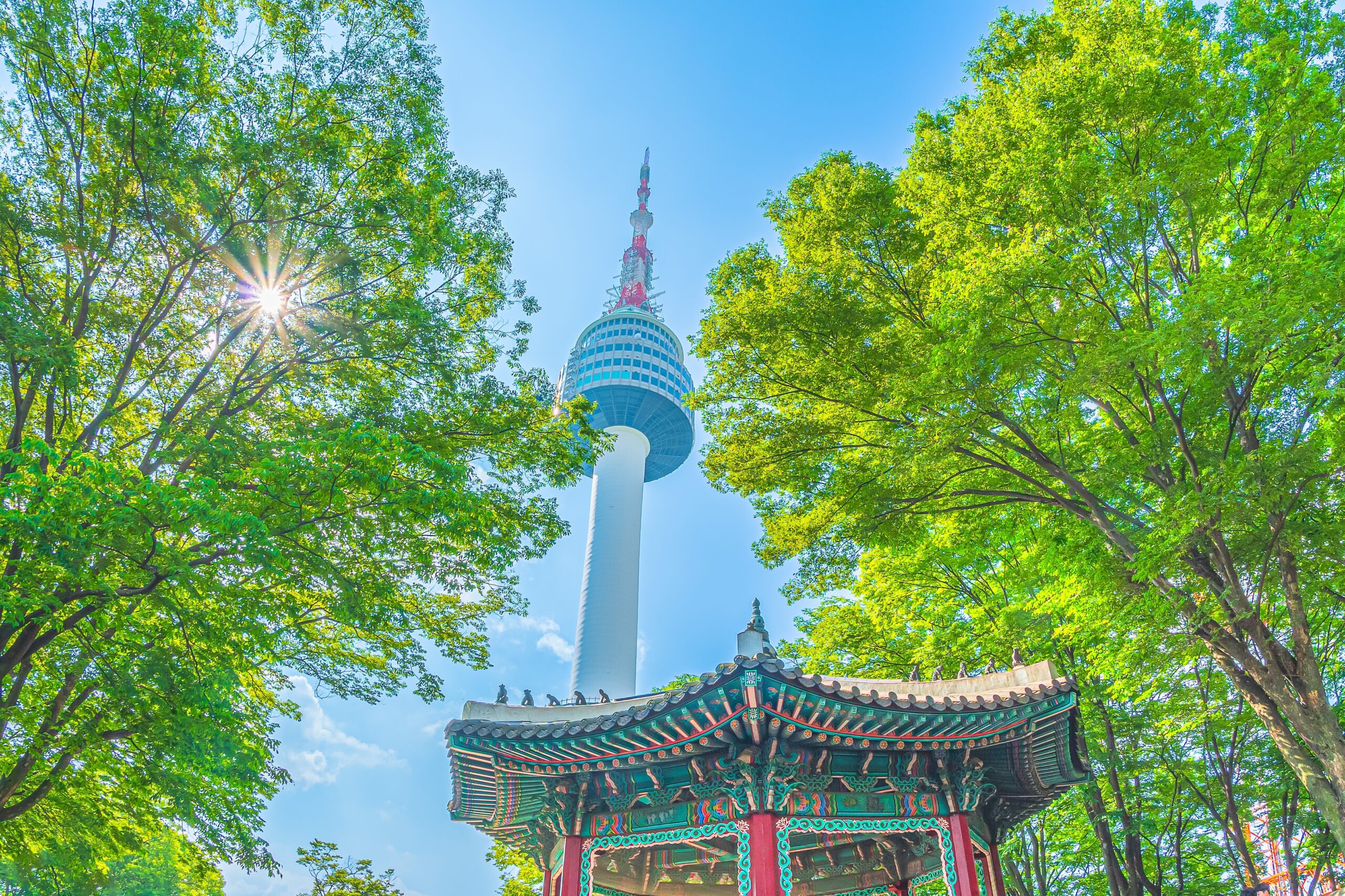
Timings: 10:00 AM – 11:00 PM (open until midnight on Saturdays)
Entry Fee:
Observatory Deck: ₩10,000 (approx. USD 9 / INR 640)
Namsan Cable Car (Round Trip): ₩9,500 (approx. USD 8 / INR 610)
Location: Namsan Mountain, central Seoul
Rising 236 meters above Namsan Mountain, N Seoul Tower is one of the most iconic landmarks in Seoul and a must-visit for first-time travellers. Originally built in 1971 as a communication tower, it has since evolved into a cultural hub, offering not only panoramic city views but also museums, digital exhibitions, and restaurants.
The highlight is the observatory deck, which gives a stunning 360° view of the city’s skyline. The experience is especially magical at sunset, when the sky turns golden, and at night, when the city sparkles with lights. Many visitors say it’s one of the best places in Seoul for photography.
The tower is also famous for the “Locks of Love” fence, where couples leave padlocks as symbols of their everlasting love. Around the base, you’ll also find cafes, souvenir shops, and the Namsan Octagonal Pavilion, a peaceful spot to take in the surrounding greenery.
How to Get There:
Cable Car: The easiest way is to take the Namsan Cable Car from Hoehyeon Station (Line 4). The ride takes approximately 3 minutes and costs ₩9,500 round-trip (~INR 610).
On Foot: For those who enjoy walking, hiking trails through Namsan Park lead you up to the tower. The trails are well-marked and offer scenic views, especially in autumn when the leaves turn red and gold.
Insider Tip:
Plan your visit for late afternoon so you can catch the golden hour, stay through sunset, and watch the city come alive with lights. If you’re looking for a more romantic experience, book a dinner at N Grill, the revolving restaurant at the top of the tower.
2. Gyeongbokgung Palace – The Royal Legacy

Timings: 9:00 AM – 5:00 PM (closed on Tuesdays)
Entry Fee: ₩3,000 (approx. USD 2.50 / INR 190); Free if you wear a hanbok
Location: Jongno-gu, central Seoul
Built in 1395 during the Joseon Dynasty, Gyeongbokgung Palace is the most iconic and largest of Seoul’s “Five Grand Palaces.” Its name translates to “Palace Greatly Blessed by Heaven,” and it once served as the royal residence for kings, queens, and government officials. Despite suffering destruction during invasions, much of the palace has been beautifully restored, making it a must-visit for anyone interested in Korean history and culture.
The palace grounds are vast, featuring over 300 buildings. Among the highlights are:
Geunjeongjeon (Throne Hall): where kings held court and official ceremonies.
Gyeonghoeru Pavilion: a striking wooden structure built on stilts over a lotus pond, often used for royal banquets.
Hyangwonjeong Pavilion: a small, picturesque pavilion on an island connected by a wooden bridge, ideal for photography.
One of the most popular events is the Changing of the Royal Guard Ceremony, held at the main Gwanghwamun Gate twice daily (usually around 10:00 AM and 2:00 PM). Dressed in colourful Joseon-era uniforms, guards re-enact traditional rituals, complete with drums and trumpets—a cultural spectacle not to be missed.
How to Get There:
Take the subway to Gyeongbokgung Station (Line 3, Exit 5) or Gwanghwamun Station (Line 5, Exit 2). Both exits lead directly to the palace.
Insider Tip:
Rent a hanbok (traditional Korean dress) from one of the many rental shops in the area. Not only will you get free entry, but you’ll also have stunning photos against the palace backdrop.
Arrive early in the morning to avoid crowds and tour groups, especially if you want clear photos at Gwanghwamun Gate.
3. Bukchon Hanok Village – A Walk Through Time
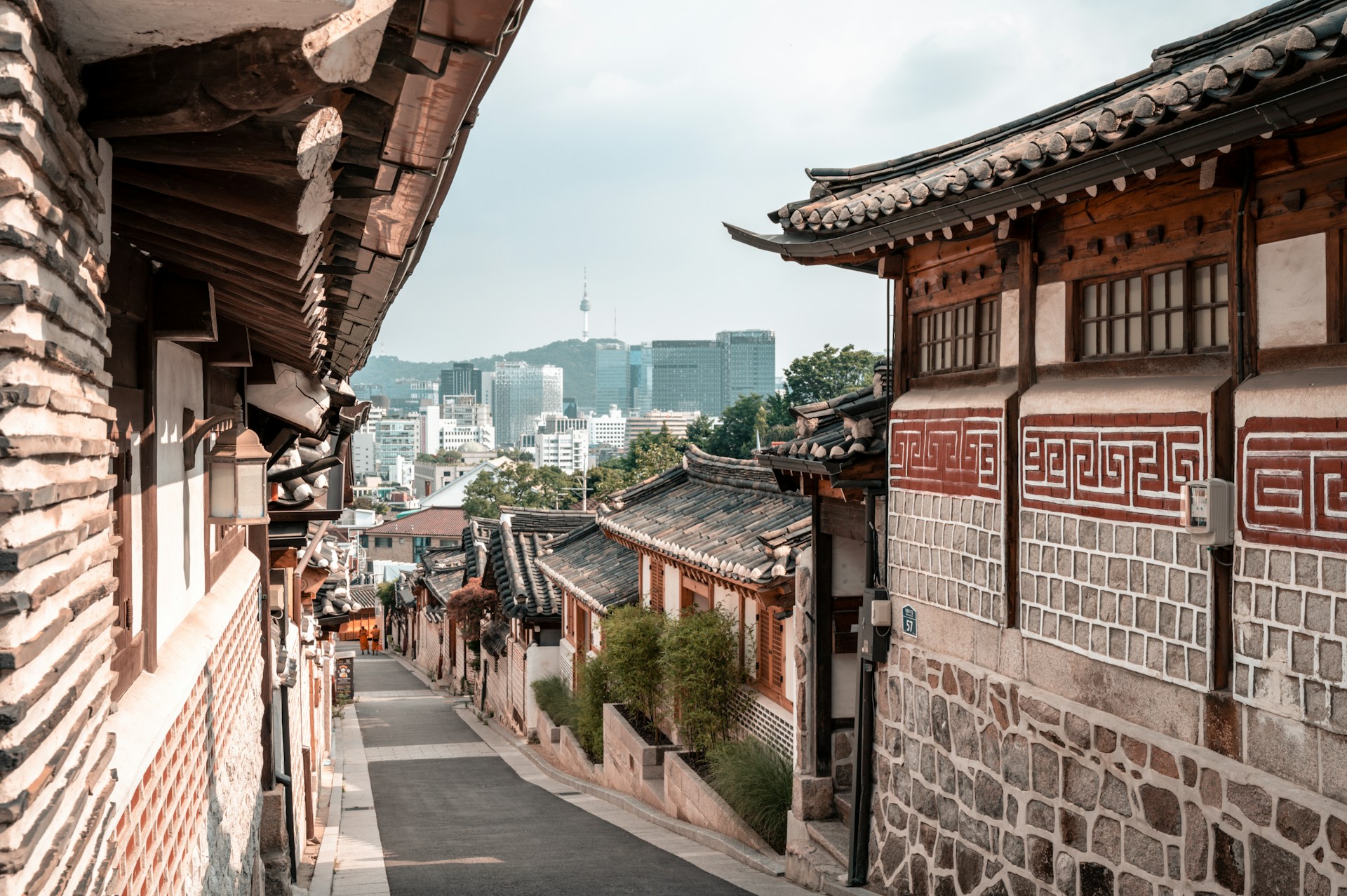
Timings: 10:00 AM – 5:00 PM
Entry Fee: Free
Location: Nestled between Gyeongbokgung Palace and Changdeokgung Palace, Jongno-gu, central Seoul
If you want to step back into Korea’s past while standing in the heart of modern Seoul, Bukchon Hanok Village is the perfect place. This charming neighbourhood is home to over 900 hanok (traditional Korean houses) that date back to the Joseon Dynasty. Unlike a museum, this isn’t just a recreated site—many of these hanoks are still private residences, while others have been converted into tea houses, cultural centres, art galleries, and boutique shops.
The narrow alleys lined with tiled roofs and wooden beams make this one of the most photogenic spots in Seoul. Whether you’re capturing the contrast of hanoks against the backdrop of modern skyscrapers or simply wandering through the winding lanes, the atmosphere here is both nostalgic and serene.
For a cultural experience, you can step inside some hanoks that are open to visitors. Many offer hands-on workshops, such as tea ceremonies, calligraphy, traditional crafts, or cooking classes, providing a deeper appreciation of Korean heritage.
How to Get There:
Subway: Anguk Station (Line 3, Exit 2). From there, it’s about a 10-minute walk to the village.
Insider Tip:
Visit early morning or late afternoon to enjoy softer natural light for photos and fewer crowds.
Remember this is still a residential area—keep your voice down, avoid trespassing, and be mindful of locals going about their daily lives.
If you’re planning to wear a hanbok (many shops nearby offer rentals), Bukchon provides one of the most beautiful backdrops in Seoul.
4. Cheonggyecheon Stream – Seoul’s Urban Oasis
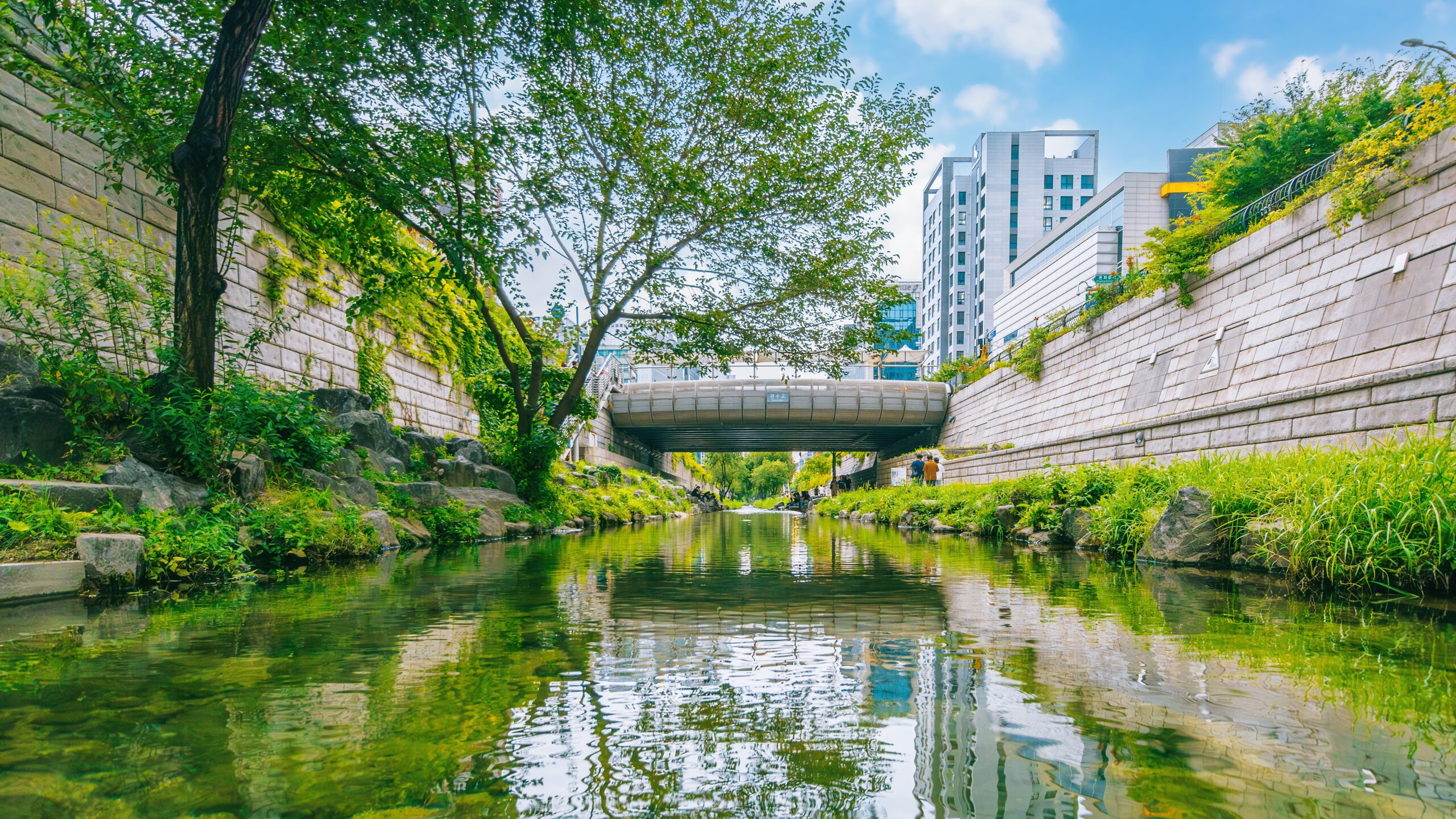
Timings: Open 24 hours, 7 days a week
Entry Fee: Free
Location: Begins at Cheonggye Plaza, Gwanghwamun, and flows 10.9 km through downtown Seoul
Amid the bustling traffic and towering skyscrapers of central Seoul, you’ll find the peaceful Cheonggyecheon Stream, a remarkable urban renewal project that has become one of the city’s most beloved public spaces. Once covered by a highway, the stream was restored in 2005 into a 10.9-kilometre-long green corridor with walking paths, stepping stones, bridges, and waterfalls.
The stream is divided into several sections, each offering a different experience. The upper portion near Gwanghwamun is more lively, featuring small waterfalls, sculptures, and interactive fountains. As you move downstream, the atmosphere becomes quieter, ideal for a leisurely walk or simply sitting by the water.
At night, the stream transforms into a romantic walkway with illuminated fountains and light displays. Couples, families, and photographers often gather here for the serene ambience. One of the biggest highlights is the Seoul Lantern Festival (held every November), when the entire waterway is decorated with thousands of glowing lanterns that tell stories from Korean folklore, history, and modern life.
How to Get There:
Subway: Start at Gwanghwamun Station (Line 5, Exit 5) or City Hall Station (Line 1 or 2, Exit 4). Cheonggye Plaza is just a short walk from either station.
Insider Tip:
The best way to experience the stream is to start at Cheonggye Plaza near Gwanghwamun Square and walk downstream. This route takes you past the most scenic highlights, including the waterfalls and lantern displays (if visiting in November).
Even though it’s safe at night, the stream gets quieter the further you go, so most people stick to the first few kilometres.
Wear comfortable shoes—if you walk the full stretch, it can take around 2 to 3 hours.
[Also Read: 48 Hours in Seoul, South Korea]
5. Insadong – For Art, Culture & Souvenirs
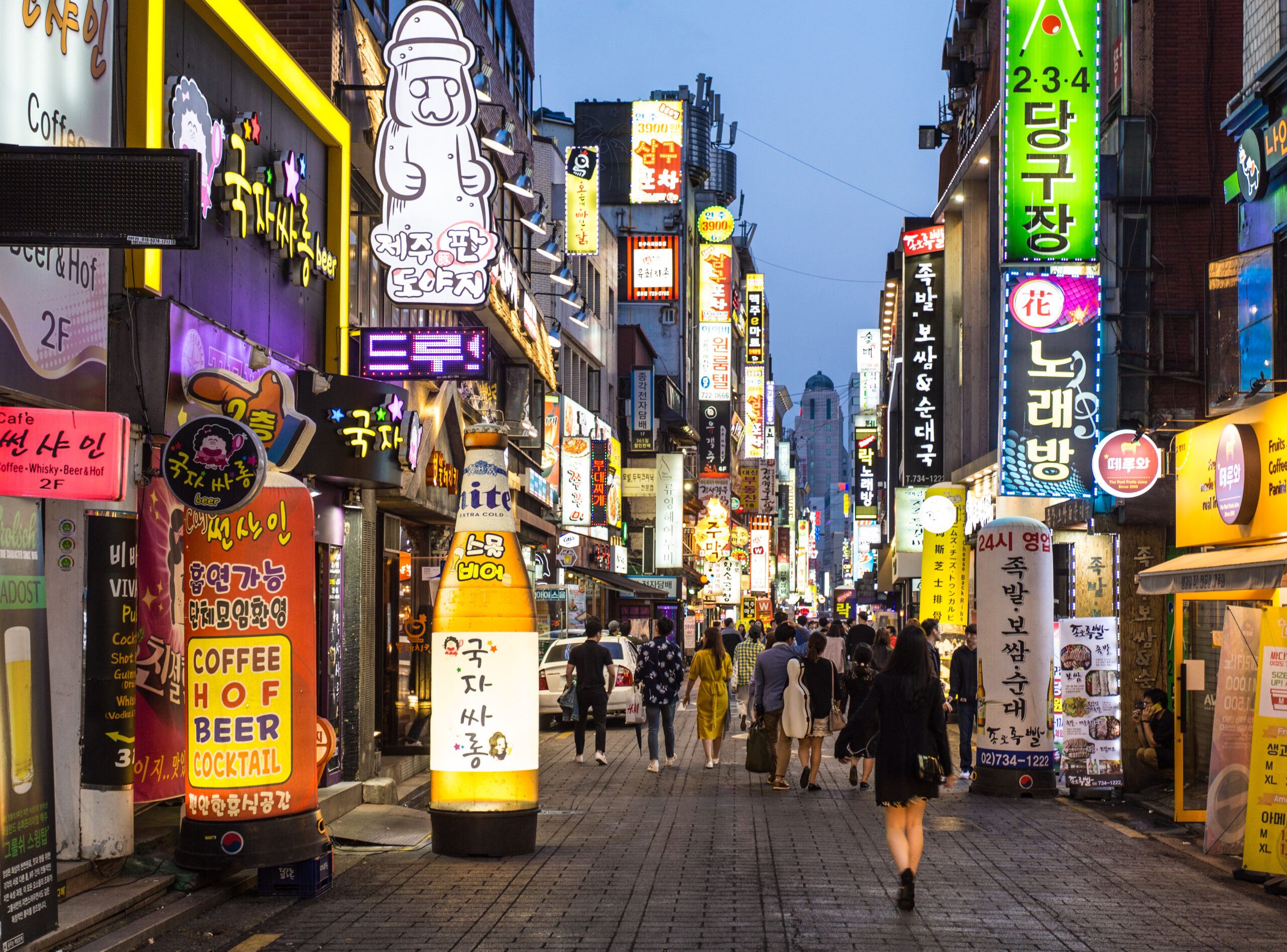
Timings: 10:00 AM – 9:00 PM (shops and tea houses usually open by mid-morning and close around evening; some cafés stay open later)
Entry Fee: Free (shopping, workshops, and food cost extra)
Location: Jongno-gu, central Seoul
If you’re looking for a place in Seoul that perfectly blends tradition with creativity, Insadong is it. Often called the city’s cultural heart, Insadong is a long, lively street, and its surrounding alleys are filled with antique shops, calligraphy stores, art galleries, and traditional tea houses. It’s the ultimate spot for buying authentic Korean souvenirs that carry cultural value rather than just tourist trinkets.
Among the most popular items you’ll find here are hanji (traditional handmade paper), ceramics, Korean brushes and ink, folk crafts, and local teas. Many shops have been family-run for generations, so shopping here feels like stepping back into Korea’s artistic heritage.
Insadong is also a hub for art and performances. Small galleries showcase contemporary and traditional works, while cultural centres often hold live craft demonstrations or music events. On weekends, the main street is closed to cars, turning it into a pedestrian-friendly cultural festival with street performers, food stalls, and art vendors.
No visit is complete without stopping by one of Insadong’s traditional tea houses. Places like O’sulloc Tea House serve premium green tea from Jeju Island, while smaller, centuries-old tea houses tucked in side alleys offer an atmospheric escape with floor seating, wooden interiors, and herbal teas made from roots, flowers, and fruits.
Food is another highlight. The street is lined with stalls selling hotteok (sweet pancakes with honey and nuts), dragon’s beard candy, rice cakes, and other Korean snacks. For a sit-down meal, you’ll also find restaurants serving classic dishes like bibimbap and bulgogi in traditional settings.
How to Get There:
Subway: Take Line 3 to Anguk Station (Exit 6). The main Insadong street is just a short walk from there.
Insider Tip:
Weekends are the liveliest, but also the most crowded. If you want a quieter experience, visit on a weekday morning.
Don’t just stay on the main Insadong street. Explore the side alleys to discover hidden tea houses, art studios, and lesser-known shops.
Bargaining isn’t common in most stores, but you can sometimes get discounts in smaller stalls.
6. Gwangjang Market – Street Food Heaven

Timings: 9:00 AM – 10:00 PM (food alley stays busy throughout the day, though evenings are particularly vibrant)
Entry Fee: Free to enter; food prices vary (dishes typically range from ₩3,000 – ₩10,000 / INR 190 – 640)
Location: Jongno-gu, central Seoul
If you’re a foodie, Gwangjang Market should be at the very top of your Seoul itinerary. Established in 1905, it is one of the city’s oldest and largest traditional markets, and today it’s most famous for its sprawling food alley. Here, rows of vendors serve up some of Korea’s most iconic comfort foods, freshly prepared in front of you.
The atmosphere is buzzing with the sounds of sizzling pans, the chatter of locals, and the aroma of delicious street food wafting through the air. Whether you’re pulling up a stool at a tiny counter or weaving through narrow aisles, the market is a true feast for the senses.
Some must-try dishes include:
Bindaetteok (mung bean pancakes): Crispy on the outside and soft inside, made by grinding mung beans into a batter and frying them with vegetables. Best enjoyed with makgeolli (Korean rice wine).
Mayak Gimbap (“addictive” mini rice rolls): Small rolls filled with rice, carrots, spinach, and pickled radish, served with a tangy mustard sauce. Light, bite-sized, and highly addictive!
Tteokbokki (spicy rice cakes): Chewy rice cakes simmered in a spicy-sweet gochujang sauce, a staple of Korean street food.
Japchae (stir-fried glass noodles): A savoury mix of sweet potato noodles with vegetables and soy-based seasoning.
Soondae (Korean blood sausage): A unique delicacy for adventurous eaters.
The market is also famous for its raw delicacies, including live octopus (sannakji) and yukhoe (Korean beef tartare), for those who want a bold culinary adventure.
Pop Culture Highlight:
Gwangjang Market was featured in Netflix’s Street Food: Asia series, which made it even more popular with international visitors. Many travellers come here specifically to try the dishes showcased in the documentary.
How to Get There:
Subway: Take Line 1 to Jongno 5-ga Station (Exit 8) or Line 2 to Euljiro 4-ga Station (Exit 4). The market is just a short walk from either station.
Insider Tip:
Arrive around lunchtime when the market is at its liveliest, buzzing with both locals and tourists.
Don’t hesitate to sit at a stall even if you don’t speak Korean—vendors are friendly and used to foreign visitors. Many even have picture menus.
Bring cash (₩1,000 and ₩5,000 bills are handy) since some smaller vendors may not accept cards.
7. Hongdae – Youth, Music & Nightlife

Timings: Evening till late night (shops generally open until midnight; clubs and bars stay open until 3:00–5:00 AM)
Entry Fee: Free to explore; club and bar entry fees vary (₩10,000 – ₩30,000 / INR 640 – 1,920 depending on venue and events)
Location: Mapo-gu, near Hongik University
If there’s one neighbourhood in Seoul that truly captures the energy of the city’s youth, it’s Hongdae. Named after Hongik University, which is famous for its art and design programs, Hongdae has grown into a vibrant hub of music, street performances, fashion, and nightlife. The area pulses with creativity and is especially popular among students, young locals, and international travellers.
During the day, Hongdae is a vibrant shopping district featuring independent boutiques, quirky accessory shops, themed cafés, and K-pop merchandise stores. As evening falls, the streets come alive with buskers, dancers, and indie musicians. It’s not unusual to see K-pop cover groups performing choreographed routines in the middle of a crowd, drawing hundreds of fans cheering them on.
At night, Hongdae transforms into one of Seoul’s biggest nightlife districts. From underground indie clubs and live music venues to high-energy dance clubs and casual bars, there’s something for every mood. Karaoke (noraebang) rooms are scattered everywhere, perfect for late-night singing sessions with friends.
Food is also a big part of the Hongdae experience. Street vendors sell everything from tteokbokki (spicy rice cakes) and Korean fried chicken to creative desserts like rainbow cotton candy or fish-shaped pastries filled with custard. You’ll also find themed restaurants and cafés, including animal cafés (cats, dogs, raccoons, and even sheep!) and Instagram-famous dessert spots.
How to Get There:
Subway: Take Line 2, Line 6, or the Airport Railroad (AREX) to Hongik University Station (Exits 8 or 9). This brings you right into the heart of the neighbourhood.
Insider Tip:
While Hongdae is the best place for spontaneous K-pop dance performances, if you’re a die-hard fan, head to K-Star Road in Gangnam (about 40 minutes away by subway). This street is lined with “GangnamDols,” bear-shaped statues representing famous K-pop groups.
Visit Hongdae on a Friday or Saturday night for the most energetic vibe, but be prepared for large crowds. Weeknights are more relaxed yet still lively.
If you want to club-hop, look out for all-you-can-dance passes offered by some venues, which give you access to multiple clubs for one fee.
8. Myeongdong – Shopping & K-Beauty Paradise

Timings: 10:00 AM – 10:00 PM (shops and street food stalls usually start setting up by late morning and stay open until night)
Entry Fee: Free to explore (shopping, dining, and skincare purchases extra)
Location: Jung-gu, central Seoul
If there’s one neighbourhood that perfectly embodies Seoul’s love for shopping, beauty, and food, it’s Myeongdong. Widely regarded as the shopping and K-beauty capital of South Korea, Myeongdong draws millions of visitors every year, from fashion enthusiasts to skincare lovers.
The area is packed with flagship stores and boutiques of both local and international beauty brands such as Innisfree, Etude House, Laneige, Nature Republic, and The Face Shop, alongside global names like Uniqlo, H&M, and Zara. What makes Myeongdong special is the generous sampling culture. Sales staff often hand out free sheet masks, creams, or testers to passersby, making it hard to leave empty-handed.
Beyond beauty and cosmetics, Myeongdong is also a street food paradise. As evening falls, food carts line the main street selling everything from grilled lobster tails, tornado potatoes, and fried chicken skewers to more unusual bites like cheese-filled tteokbokki, egg bread (gyeranppang), and Korean-style corndogs. The mix of sizzling aromas and neon lights creates an irresistible atmosphere.
The area is also home to Myeongdong Cathedral, a Gothic-style church and one of the most important religious and cultural landmarks in Seoul. Even if you’re not religious, the cathedral is worth a quick visit for its beautiful architecture and serene atmosphere amidst the shopping chaos.
How to Get There:
Subway: Take Line 4 to Myeongdong Station (Exit 6 or 7). Alternatively, you can also get there via Euljiro 1-ga Station (Line 2, Exit 5 or 6).
Insider Tip:
Visit in the evening when the district is at its most vibrant with food carts, performers, and buzzing nightlife energy.
If you plan to shop for cosmetics, note that prices are often slightly cheaper than in duty-free stores, and many shops offer tax refunds for tourists if you spend above a certain amount.
The side alleys often hide lesser-known boutiques and local eateries, so don’t just stick to the main shopping street.
9. Namdaemun Market – Seoul’s Oldest & Largest Traditional Market
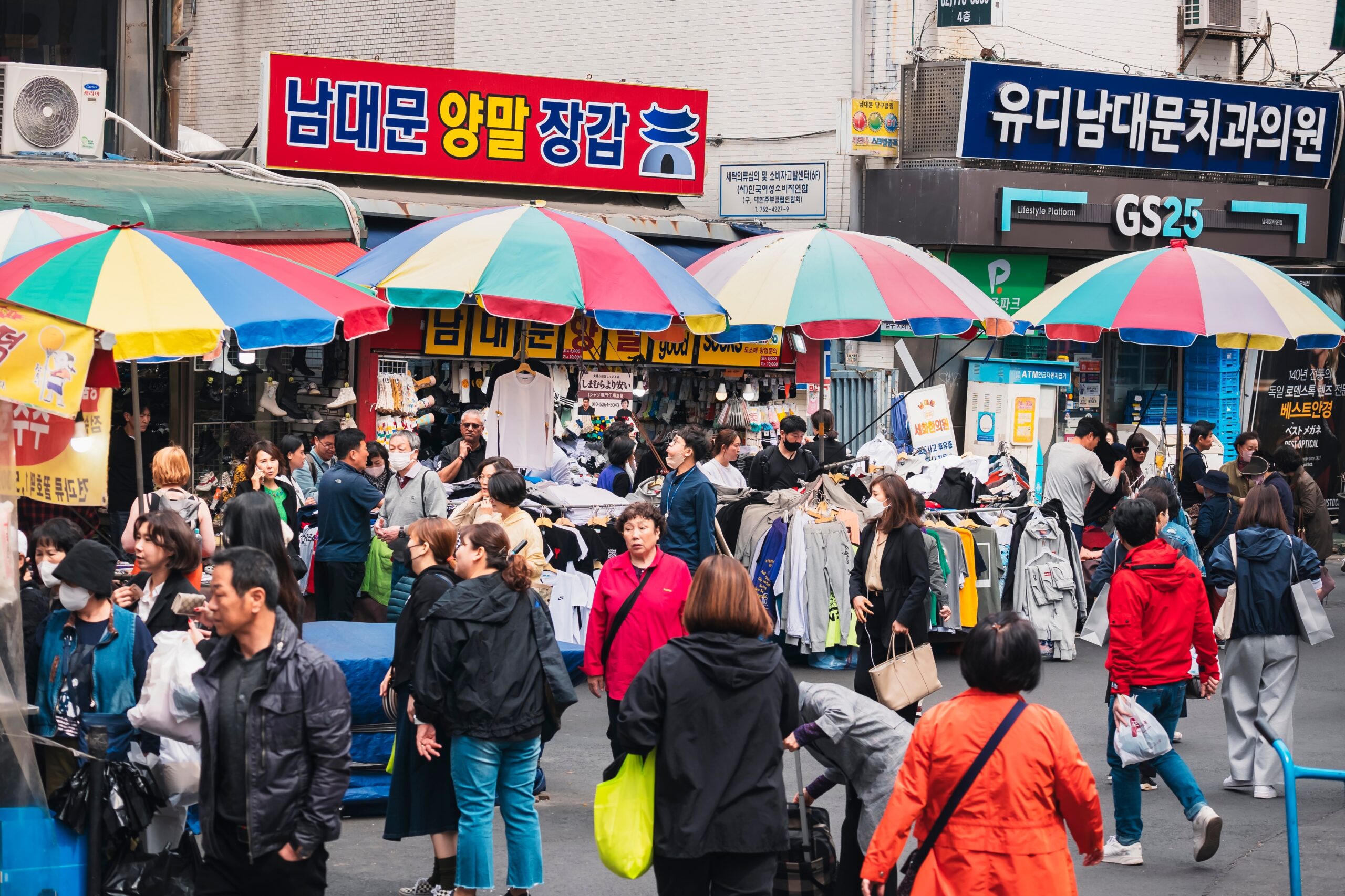
Timings: Most shops open from early morning until late evening, but the wholesale clothing market operates overnight from 11:00 PM – 4:00 AM
Entry Fee: Free (shopping and food extra)
Location: Jung-gu, near Namdaemun Gate (Sungnyemun), central Seoul
Dating back to the early 15th century, Namdaemun Market is not only Korea’s largest traditional market but also one of its oldest. Today, it’s a sprawling shopping district with over 10,000 stalls, vendors, and small shops, offering everything from clothing and accessories to kitchenware, souvenirs, and street food.
By day, Namdaemun is buzzing with locals and tourists browsing through affordable clothes, children’s wear, shoes, jewellery, eyewear, toys, and handicrafts. It’s also one of the best places to pick up traditional Korean souvenirs like hanbok (traditional dresses), handmade fans, ginseng products, and local snacks at very reasonable prices. Unlike department stores, many shops here are run by family businesses, so the atmosphere feels authentic and local.
At night, Namdaemun transforms into a hub for wholesale shopping, especially for clothing and textiles. The market is renowned for its overnight wholesale district, where buyers and shop owners from across the city converge to secure bulk bargains between 11:00 PM and 4:00 AM. Even if you’re not buying in bulk, wandering through the lively stalls at night is a fascinating cultural experience.
Food is another highlight of Namdaemun. You’ll find tiny eateries and food stalls tucked between shops, serving classics like kal-guksu (hand-cut noodle soup), hotteok (sweet pancakes), mandu (dumplings), and fish-shaped bread filled with red bean paste. The market’s Kal-guksu Alley is particularly famous for its steaming bowls of noodles, which locals have loved for decades.
How to Get There:
Subway: Take Line 4 to Hoehyeon Station (Exit 5 or 6). Namdaemun Market is just a short walk from there.
Insider Tip:
Visit late at night if you’re curious about the wholesale market—it’s a unique experience very different from the daytime hustle.
Bargaining is acceptable in some stalls, especially for clothing, accessories, and bulk buys.
Since the market is huge, wear comfortable shoes and plan to spend at least 2–3 hours exploring.
10. COEX Mall & Starfield Library – Shopping Meets Culture
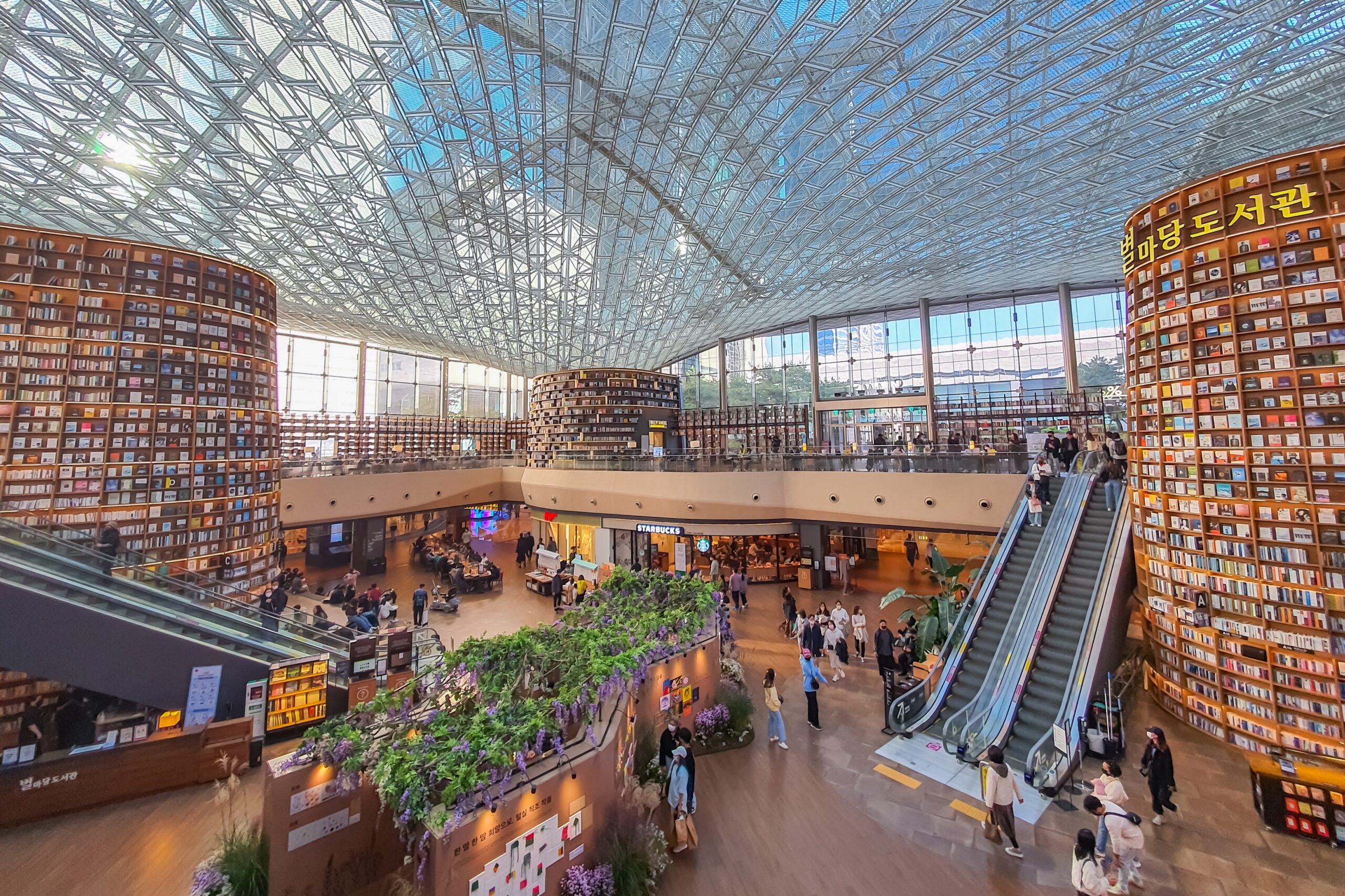
Timings: 10:30 AM – 10:00 PM
Entry Fee: Free to explore the mall and library (COEX Aquarium tickets extra: ₩32,000 / INR 2,050 for adults; ₩28,000 / INR 1,790 for children)
Location: Gangnam, directly connected to Samseong Station (Line 2)
Located in the stylish Gangnam district, COEX Mall is not just a shopping destination but an entire world of entertainment, culture, and leisure. Spanning more than 154,000 square meters, it holds the title of Asia’s largest underground shopping mall. Inside, you’ll find hundreds of shops ranging from luxury brands and global retailers to trendy Korean labels, as well as restaurants, a cinema, an aquarium, and even an e-sports arena.
The mall’s crown jewel is the Starfield Library, a massive open library space with soaring 13-meter-high bookshelves stacked with over 50,000 books and magazines. The library is free to enter and doubles as a cultural space where you’ll often see people reading, working on laptops, or attending book talks and exhibitions. Its futuristic design and towering shelves make it one of the most Instagram-famous spots in Seoul.
Another major attraction inside the mall is the COEX Aquarium, one of the largest in South Korea. It’s home to over 40,000 sea creatures across 650 species, including sharks, stingrays, penguins, and turtles. The aquarium is divided into themed zones, such as “Amazonia World” and “Deep Blue Square,” making it enjoyable for both families and marine life enthusiasts.
COEX Mall is also famous for hosting international exhibitions, conventions, and K-pop events at the connected COEX Convention & Exhibition Centre. Outside the mall, you’ll find the Bongeunsa Temple, a serene Buddhist temple that provides a peaceful contrast to the mall’s bustling atmosphere.
How to Get There:
Subway: Take Line 2 to Samseong Station (Exit 5 or 6). The station connects directly to the mall’s underground level, so you won’t need to go outside.
Insider Tip:
Visit on weekdays to avoid the weekend rush, when both locals and tourists flock here.
If you want photos of the Starfield Library without too many people, consider coming in the morning, just after opening.
Plan at least half a day here. You can shop, eat, relax at the library, and explore the aquarium without ever leaving the premises.
11. Bukhansan National Park – Hiking Escape
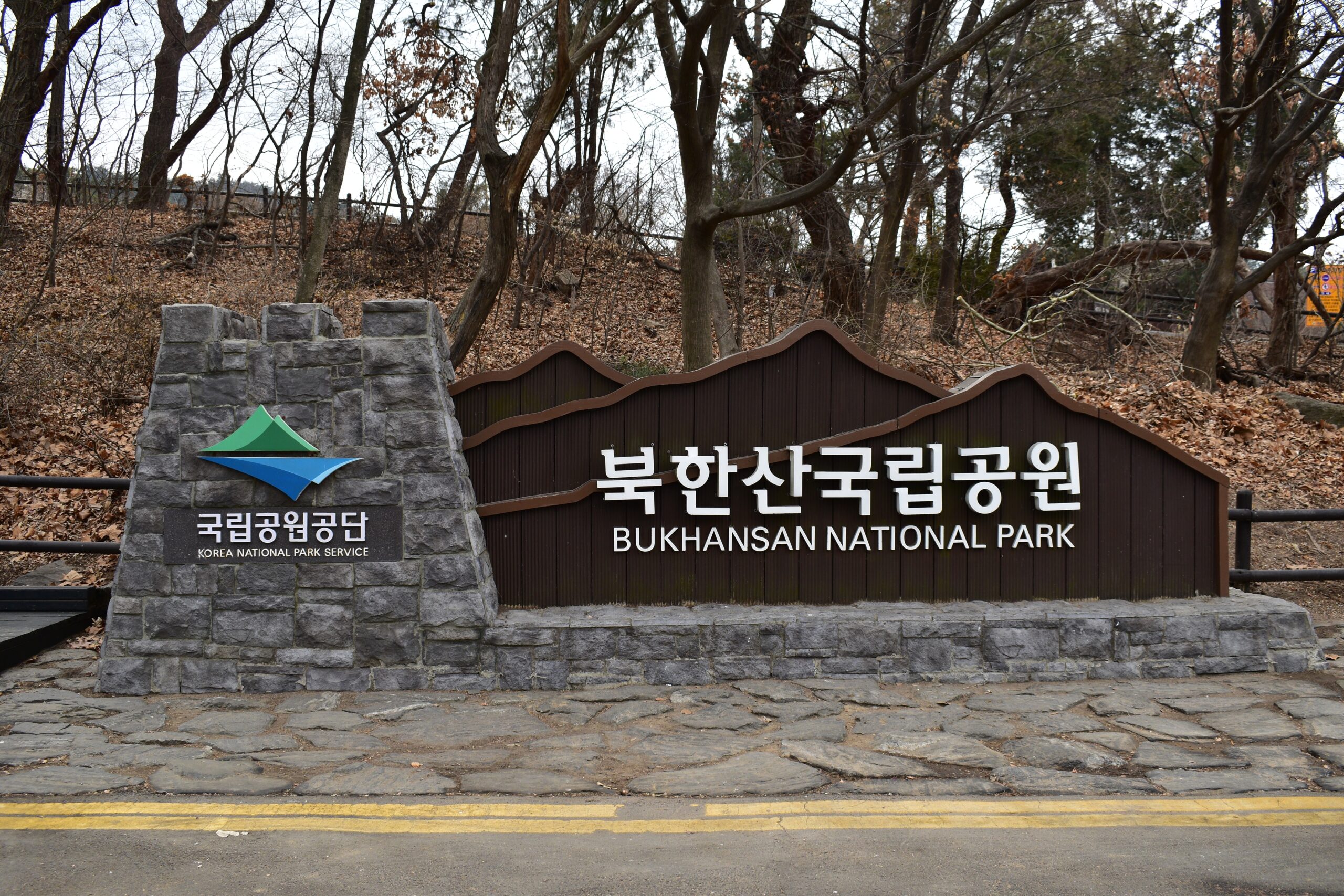
Timings: Open year-round (generally sunrise to sunset; trails are not lit at night)
Entry Fee: Free
Location: Northern Seoul, accessible by subway and bus (about 40–50 minutes from central Seoul)
For nature lovers and outdoor enthusiasts, Bukhansan National Park offers a refreshing break from Seoul’s bustling city life. Spanning an area of over 79 square kilometres, the park is home to granite peaks, forested valleys, flowing streams, and more than 1,300 species of plants and animals. Recognised by the Guinness World Records as the “most visited national park per unit area,” Bukhansan attracts millions of hikers each year.
The park offers a range of trails suitable for all fitness levels. Beginners can enjoy gentle hikes through leafy forest paths, while experienced hikers can challenge themselves with steeper climbs to peaks like Baegundae (836m), the highest point in the park, offering panoramic views of Seoul’s skyline and surrounding mountains. Other popular peaks include Insubong (a magnet for rock climbers) and Mangyeongdae.
Along the trails, you’ll also encounter cultural treasures such as Bukhansanseong Fortress, a historic military stronghold built during the Joseon Dynasty, and several Buddhist temples where hikers often pause to rest and soak in the tranquillity. In spring, cherry blossoms line the trails; in autumn, fiery red and golden leaves create a spectacular backdrop.
How to Get There:
Take Subway Line 3 to Gupabal Station (Exit 1) → Transfer to Bus 704 → Get off at Bukhansanseong Fortress Entrance.
Alternatively, you can reach other trailheads depending on the route you choose.
What to Pack:
Comfortable hiking shoes (trails can be rocky and steep in parts)
Water and snacks (though small shops and eateries are located near main entrances)
Sunblock and a hat in summer, or a light jacket in spring and autumn
Insider Tip:
Start your hike early in the morning to avoid crowds, especially on weekends when locals flock here.
Weekdays are far less crowded, offering a more peaceful hiking experience.
If you’re unsure of your fitness level, stick to the well-marked trails near Bukhansanseong Fortress.
12. Themed Cafés – From K-pop to Traditional Cafés

Timings: Vary by café (most operate between 10:00 AM – 9:00 PM, some stay open later on weekends)
Entry Fee: No fixed entry fee; purchase of a drink or snack required (₩5,000–8,000 / approx. ₹310–₹500)
Location: Across Seoul (Hongdae, Myeongdong, Gangnam, and beyond)
Seoul’s café culture is world-famous, and no trip here is complete without experiencing its themed cafés. From K-pop-inspired spots decorated with idol posters to traditional hanok-style cafés where history meets modern coffee culture, these spaces are more than just a place to grab a drink—they’re a cultural experience.
Here are some must-visit themed cafés in Seoul:
BTS-Themed Cafés (Gangnam & Hongdae): A pilgrimage spot for ARMYs, these cafés are decorated with BTS memorabilia, serve special themed drinks, and often host photo exhibitions or birthday events for members. They’re also great for picking up fan-made merchandise.
Onion Café (Anguk, Seongsu & Gangnam): One of Seoul’s most famous café chains, known for its unique architecture. The Anguk branch is housed in a restored hanok (traditional Korean house), offering an atmospheric blend of old and new. Try their signature pastries like the Pandoro dusted with sugar—perfect with a latte.
Hello Kitty Café (Myeongdong): Bright, playful, and completely pink, this café is dedicated to the beloved Sanrio character. Expect Hello Kitty-themed interiors, desserts shaped like the character’s face, and drinks in custom cups—an absolute hit for families and fans.
Traditional Hanok Cafés (Bukchon & Insadong): For a slower, more cultural experience, head to tea and coffee houses tucked inside traditional hanok buildings. Here, you can sip on Korean teas, enjoy rice cakes, and experience the peaceful ambience of tiled roofs and wooden interiors. These cafés are especially beautiful in spring and autumn when the courtyards bloom with flowers.
Why Visit:
Perfect for Instagram and cultural immersion.
A way to experience Seoul’s modern pop side and its traditional charm in one trip.
Ideal for relaxing breaks between sightseeing.
Insider Tip:
Cafés like Onion can get very crowded, especially in the afternoons. Visit in the morning for the best experience.
Traditional hanok cafés are quieter—choose them if you want a more peaceful, authentic vibe.
Drinks are a little more expensive than chain cafés, but the atmosphere is worth every won.
How to Get Around Seoul?
T-Money Card: A reloadable smart card used for subways, buses, taxis, and even convenience stores. It’s convenient, widely accepted, and saves time compared to buying single-journey tickets.
Subway: Seoul’s subway system is clean, safe, and English-friendly. With 23 lines connecting the city and surrounding areas, it’s often the fastest way to get around.
Taxis: Affordable and convenient, though traffic can slow you down during rush hour. You can hail a taxi on the street or use ride-hailing apps like Uber or KakaoT, which provide real-time fares, English options, and cashless payments.
GetYourGuide: For discounted attraction tickets, guided tours, and experiences around Seoul, GetYourGuide is a reliable platform. You can book tickets to palaces, museums, cruises on the Han River, and more in advance, often skipping long queues.
Frequently Asked Questions About The Best Things to Do in Seoul
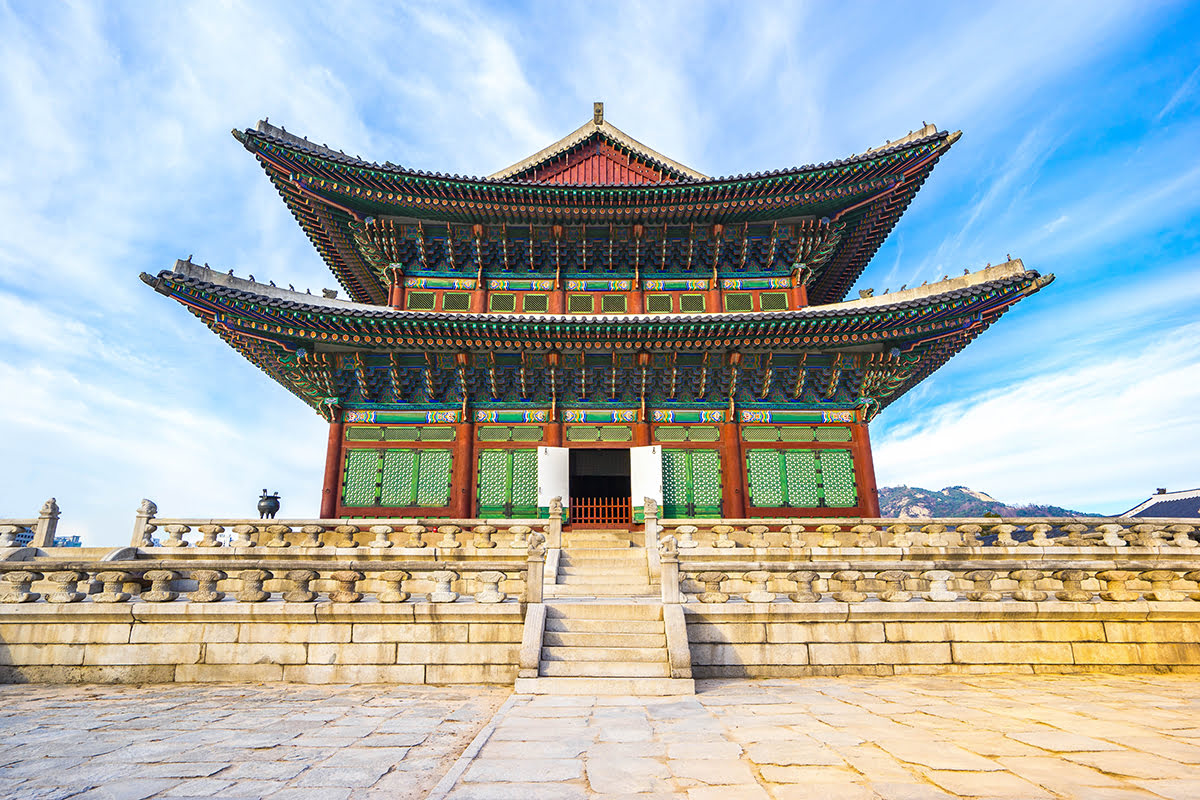
1. What are the top attractions in Seoul for first-time visitors?
For first-time travellers, the best things to do in Seoul include visiting N Seoul Tower for panoramic city views, Gyeongbokgung Palace to explore royal history, Bukchon Hanok Village for traditional architecture, Insadong for art and souvenirs, and Myeongdong for shopping and street food. Modern attractions like COEX Mall and the Starfield Library also offer a unique urban experience.
2. How much does it cost to visit Seoul attractions?
Entry fees in Seoul vary depending on the attraction. Many cultural landmarks like Gyeongbokgung Palace and Changdeokgung Palace charge around ₩3,000–₩5,000 (approximately INR 190–320). N Seoul Tower observatory tickets are around ₩10,000 (INR 640). Street markets, themed cafés, and traditional hanok neighbourhoods are generally free to explore, though shopping and food costs extra.
3. What is the best time to visit Seoul?
The ideal seasons are spring (March–May) for cherry blossoms and pleasant weather, and autumn (September–November) for crisp air and stunning fall foliage. Winter is perfect for snow activities and ice skating, while summer brings festivals and lively street events, though it can be hot and humid.
4. Can you explore Seoul in 3 days?
Yes. A 3-day itinerary should focus on major palaces like Gyeongbokgung and Changdeokgung, a stroll through Bukchon Hanok Village, evening views from N Seoul Tower, and exploring a cultural neighbourhood such as Hongdae or Insadong. Markets like Myeongdong or Gwangjang Market offer a taste of Seoul’s street food culture.
5. Are there hidden gems in Seoul?
Absolutely. Beyond the main attractions, Seoul offers the Ihwa Mural Village for its colourful street art, the Bukhansan National Park for nature lovers, and themed cafés like the Onion Café or traditional hanok cafés for an immersive experience. These offbeat locations provide a more local perspective on the city.
6. Is Seoul expensive for tourists?
Seoul is moderately priced compared to other major cities. Public transport is affordable, street food and local markets are budget-friendly, and palaces and museums have low entry fees. Dining in themed cafés or fine restaurants can be more expensive, but there are options available for every budget.
7. What is Seoul famous for culturally?
Seoul is a blend of modernity and tradition. It is famous for its palaces, hanok villages, street food, K-pop culture, and themed cafés. Festivals like the Seoul Lantern Festival and Cherry Blossom Festival highlight Korean culture, while neighbourhoods like Insadong showcase traditional art and crafts.
8. Can families enjoy Seoul?
Yes. Attractions like COEX Aquarium, Lotte World, Namsan Park, and themed cafés are family-friendly. Palaces and cultural experiences are educational, while markets and food streets offer fun for all ages.
9. What are the best things to do in Seoul at night?
Seoul comes alive at night with N Seoul Tower illuminations, Cheonggyecheon Stream walks, Hongdae street performances, Myeongdong street food, and Dongdaemun Night Market shopping. Nighttime offers a completely different vibe from daytime sightseeing and is perfect for photography and experiencing local life.
Disclaimer: This post contains a few affiliate links. If you happen to click on any of them and make a purchase, I might earn a small commission, at no extra cost to you. Just know that I truly appreciate your support if you choose to do so.



